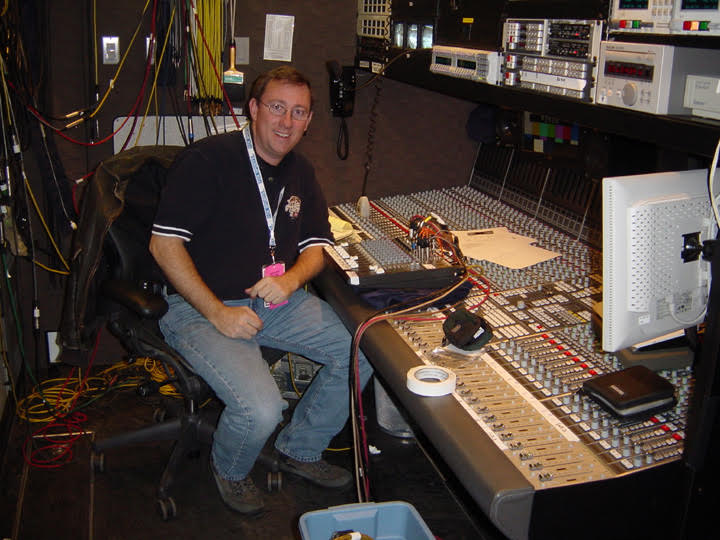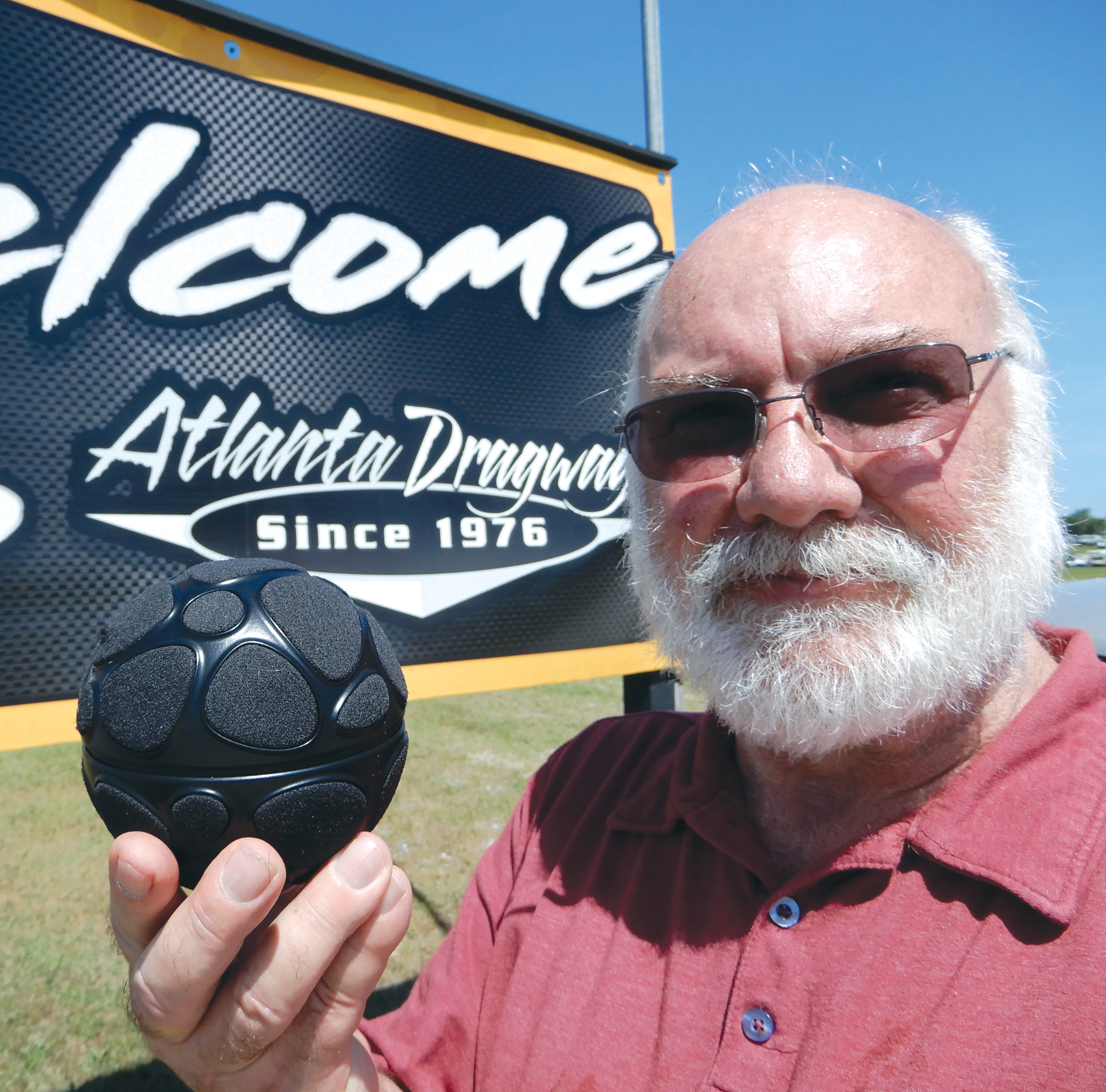Mentoring Audio Professionals: It Really is a Small World
Audio is a unique discipline in TV production

Audio is a unique discipline (practice) in the M&E world because sound operators and technicians are required across all aspects of production and distribution. Sound practitioners and technicians manage and mix PA systems, TV shows, work on sound stages and labor with the soundtracks of the recording studios, plus more.
Even though all sound applications have their unique workplace requirements, the basics of capture and reproduce have more in common than not. I was reminded of this when I recently attended Mix Nashville: Immersive Music Production, hosted by my friends at TV Tech sister brand Mix magazine and Future.
Learning the Ropes
I came into television in 1983 when ESPN was still in diapers and the three commercial networks—ABC, CBS and NBC—were entirely unionized. Nonetheless there seemed to be opportunities in television for a fledgling musician and studio owner in Atlanta. I found out quickly that the “fly by the seat of your pants,” no turning back, no “fix it in post” attitude that was pervasive in live broadcasting suited me better than a recording studio. As a bonus I found that the live broadcast world was full of people like me who had worked in music production or were drawn to sound from a love of music.
My introduction to sound for outside broadcast came with ESPN and their first sound supervisor Dennis Finney. Finney was gruff and seemed unapproachable until you got him talking about being on the road with the R&B bands on the “Chitlin' Circuit.” He drove the truck, set up the PA and mixed the show.
He did the same for ESPN—drove the truck, set up the broadcast audio, mixed the show and closed the bar. Finney also designed the audio system at ESPN and put into service the magnificent Neve 5000 Series mixing consoles in every ESPN outside broadcast truck. He knew about Neve mixing consoles from his music days.
Early on, ESPN's Donna Shackett, who was responsible for crew management, gave me a big break, not because I knew much about TV, not because I was particularly skilled, but because ESPN needed warm bodies and was reasonably willing to train you. Thank you.
No doubt I was in over my head but was a quick study and got along with the crew. After some humbling experiences with ESPN I was introduced to television entrepreneur Frederic (Fred) Reinstein who ventured into motor sports with his Atlanta-based company World Sports Enterprises. He realized quickly that I was green, but wanted some consistency with his crew and was willing to train me. Reinstein introduced me to Klaus Landsberg who was mixing sitcoms and sports but cut his sound chops doing music recordings with Wally Heider and his remote music recording truck.
The professional video industry's #1 source for news, trends and product and tech information. Sign up below.

Landsberg taught me a lot about listening and how to strike an air of confidence with directors and producers, preparing me for Reinstein and a long series of difficult directors and producers. I quickly became Reinstein’s sound mixer and personal intercom technician and when he called I would put everything down, including a live mix and tend to his needs.
Reinstein also gave me a direct connection to CBS and their sound supervisor Bobby Seiderman. Once again to my delight Seiderman and a few of his close technicians were also doing music recordings around New York and welcomed me into the fold.
Parallel Comparisons
There certainly are many parallel comparisons between live TV, live PA systems and recording studios. Live is live and there is no turning back or retakes and your mistakes can be as obvious as a dead skunk in the middle of the road. You must learn to think, react and recover quickly. Sports and live music are similar in that there are no two venues and no two bands that are the same.
Consider this: The PA is feeding back and you have 50 open microphones. Which microphone is howling and how do you tame the beast? Or what if the mixing console goes down during the middle of a show? What is your backup plan?
The recording studio is less about immediacy and more about listening skills, but the studio experience exposes a sound practitioner to a different toolbox. I brought keyboard samplers into broadcasting shortly after a studio musician introduced me to samplers and keyboards in 1986. Klaus Landsberg showed me how to use gates and compressors and about getting a good tone with beat-up microphones.
Now is the best time to get into broadcast audio because there are more opportunities and it is easier to master the technology and work across multiple media platforms. Plus, I believe that the entire entertainment industry benefits from the cross pollination of different personalities, skills and ideas.
The broadcast engineers and technicians do not expect you to know everything at an entry level but do expect the crew to get along and work as a team.
Success Secret: Find someone who is willing to train you. The skill set and technology is vastly different and easier now than when I started. I don’t want to say that outside broadcast technology is “plug and play,” but clearly “digital everything” made installation, maintenance and troubleshooting far less complicated.
The technology to create high-quality versatile sound for any media is immediately available, but the basics of setup, programing and delivery is still a requirement that will necessitate audio practitioners and technicians.
Listening is what a sound person does—from listening to the sound sources to ensure clarity and listening, to the sound mix for balance and interest, to listening to the director and producer who control the flow and operation of the team. Listen up!
Dennis Baxter has spent over 35 years in live broadcasting contributing to hundreds of live events including sound design for nine Olympic Games. He has earned multiple Emmy Awards and is the author of “A Practical Guide to Television Sound Engineering,” published in both English and Chinese. His current book about immersive sound practices and production will be available in 2022. He can be reached at dbaxter@dennisbaxtersound.com or at www.dennisbaxtersound.com.

